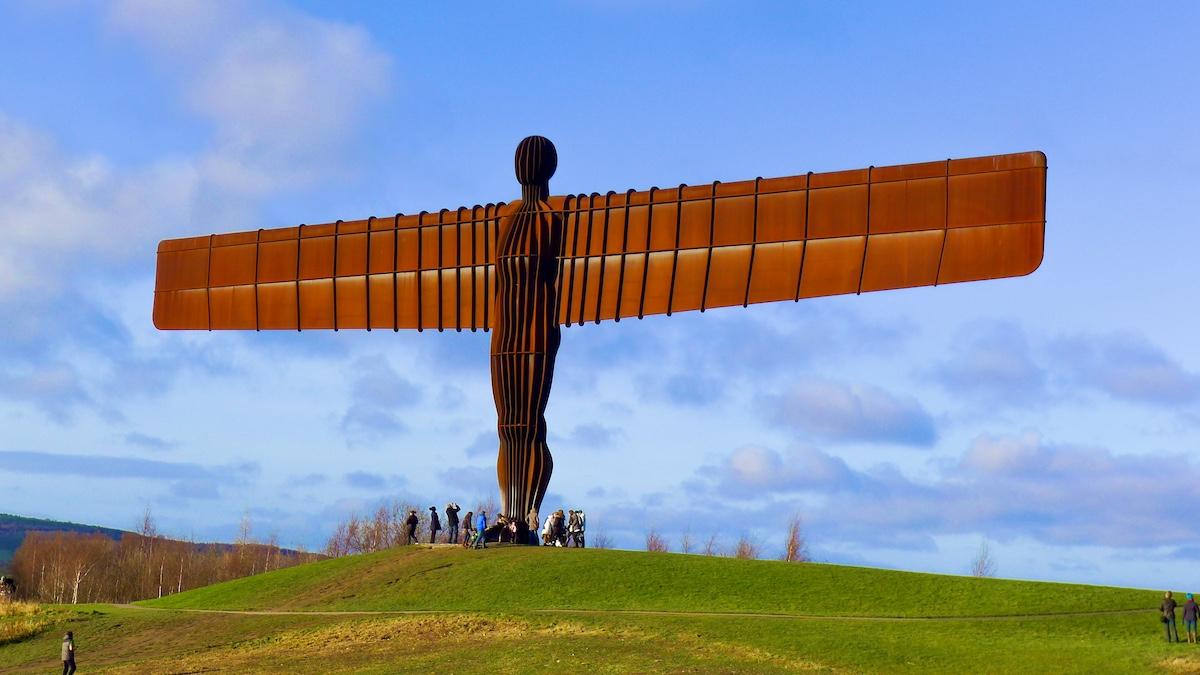
Whether it’s a commissioned work depicting a revered leader such as Nelson Mandela or an ominous mythological figure inspired by an ancient Greek text, public art inspires and engages viewers beyond the walls of museums and galleries. From historic memorials to thought-provoking outdoor art installations, public art brings people together, instigates change, encourages tourism, sometimes causes controversy, and inspires viewers to engage with their surroundings in new ways. From Singapore to Chicago, Art & Object brings you eleven popular and thought-provoking public artworks.
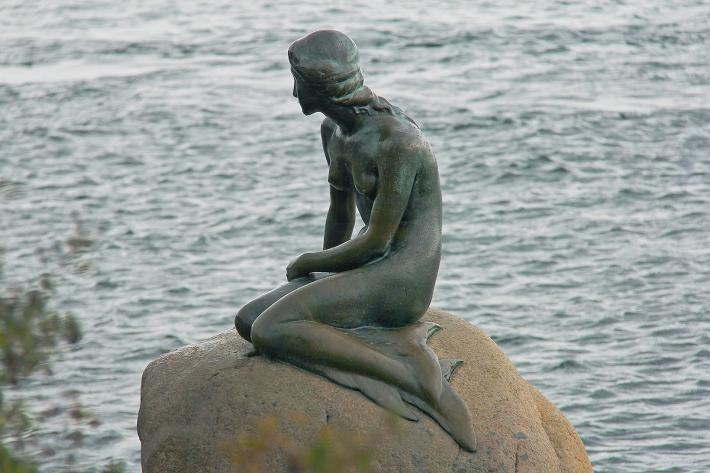
Inspired by Hans Christian Anderson’s bittersweet fairytale, The Little Mermaid statue in bronze and granite looks out longingly over the water at Copenhagen’s Langelinie Pier. Sculpted by Edvard Eriksen in 1913, she is now irrevocably associated with Copenhagen.

At thirty-six feet high, the impressive stone Apennine Colossus crouches at the edge of a lake, stalagmites adorning his hair and beard, crushing the head of a sea monster whose open mouth spouts water into the lake. Built in Vaglia, Tuscany, just outside of Florence in the late 1580s by Flemish Renaissance sculptor Giambologna the Colossus is intended to be a personification of the Apennine Mountains and is surrounded by other sculptures depicting mythological themes from Ovid's Metamorphoses. The sculpture draws visitors from around the world.
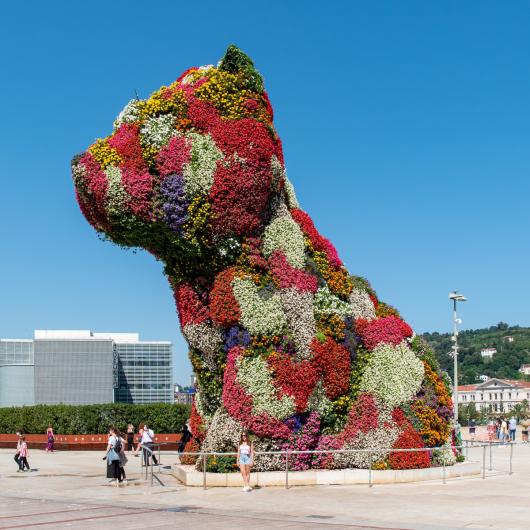
A massive West Highland terrier covered in plants and blooms, Jeff Koons's Puppy, 1992, is a monument to saccharine iconography. The sculpture, which is at the Guggneheim Museum in Bilbao, Spain is a complex combination of steel armature anchored in concrete, a network of watering pipes, and geotextile fabric that feeds actual living flowers, creating a joyfully exuberant pop art experience that keeps on growing.
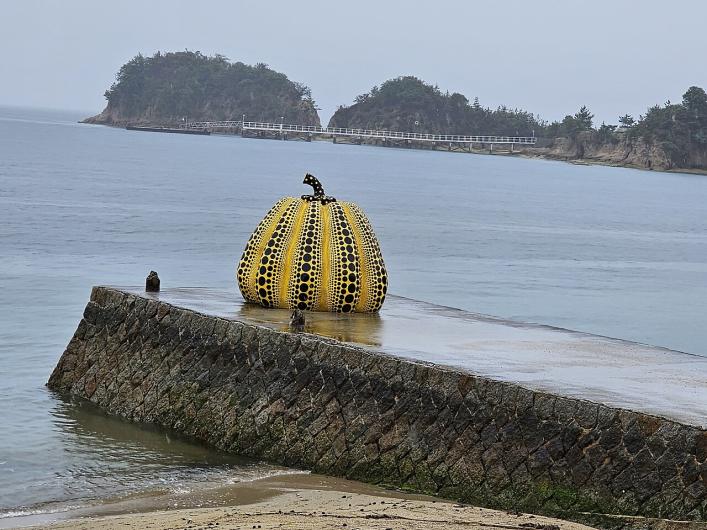
Installed at Naoshima, Japan’s “art island,” in 1994, Yayoi Kusama’s Yellow Pumpkin, 1994, has become almost as iconic as the artist herself and a must-see for anyone visiting Naoshima. Contrasting charmingly with the seascape behind it, this quirky fiberglass and plastic sculpture, covered in Kusama’s signature black polka dots, was damaged by a typhoon in 2021. Luckily for the many fans who flock to the island each year to snap photos of the beloved Yellow Pumpkin, it was rebuilt and reinstalled in 2022.
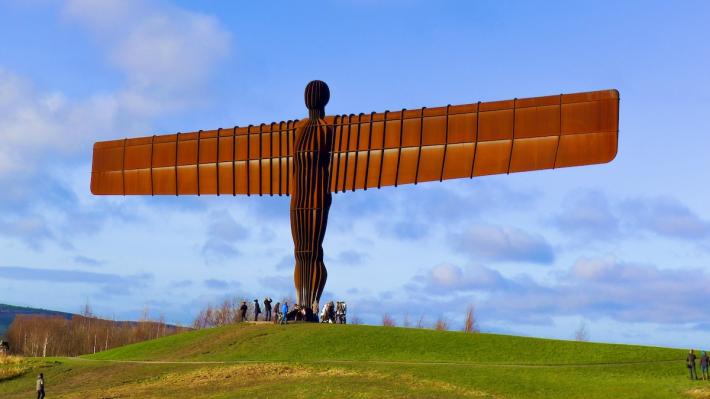
Completed by Antony Gormley in 1998, Angel of the North in Gateshead, England, is probably the largest sculpture of an angel in the world. This sixty-six-foot-tall weathering corten steel sculpture, with a wingspan larger than a Boeing 757 aircraft, draws an estimated 33 million people every year.
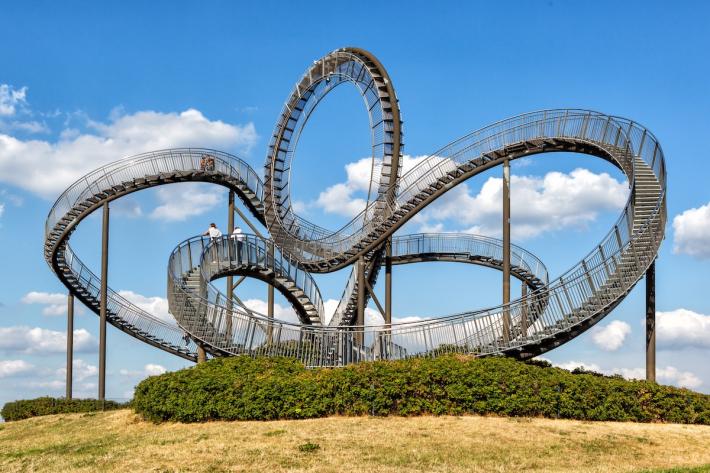
Resembling the twisting loops of a roller coaster, the monumental Tiger and Turtle Mountain sculpture in Duisburg, Germany, was built to be walked on. But don't try to walk on it as it has been blocked and has been rendered unwalkable. Created in 2011, by Heike Mutter and Ulrich Genth, the structure also lights up with 880 LED lights after dark.
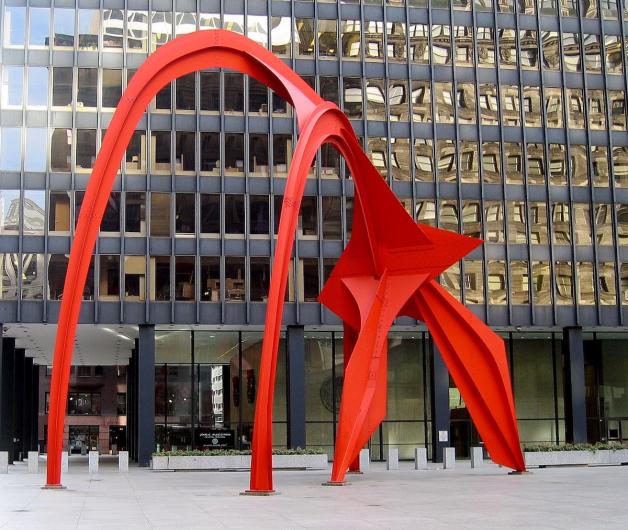
Alexander Calder’s Flamingo stabile (a freestanding abstract sculpture) has become a celebrated part of the Chicago landscape. Located at Federal Plaza in front of the Kluczynski Federal Building, the work was unveiled on "Alexander Calder Day" in 1974, at the same time as Calder’s storied Universe mobile at Chicago's Sears Tower (now the Willis Tower). The swooping bright red steel sculpture (all fifty tons of it) contrasts stunningly with the surrounding black office buildings. Flamingo was the first artwork commissioned under the federal Percent for Art program, which gives a percentage of the project's budget to public art.
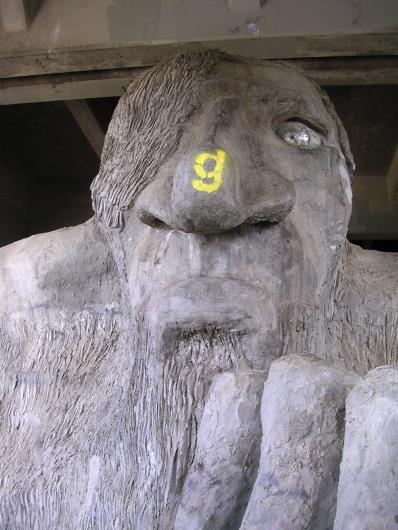
Installed under the Aurora Bridge in 1990 to cement the art vibe that had developed in the funky Seattle neighborhood of Fremont, the Fremont Troll is depicted crushing a Volkswagen Beetle vehicle (an actual one), while glaring at onlookers through its eye, which is created from a hubcap. Steve Badanes, Will Martin, Donna Walter, and Ross Whitehead sculpted this hulking statue out of concrete, steel and rebar.
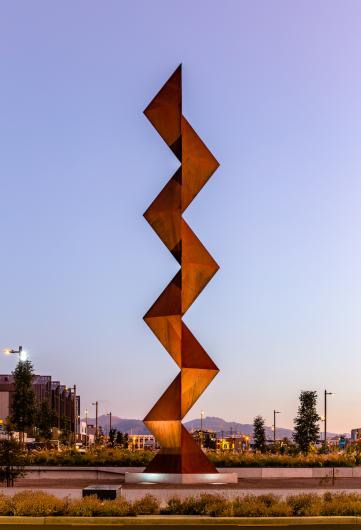
The five-story-high Vaka 'a Hina (2019), in Christchurch, New Zealand, was created by Tongan artist Sēmisi Fetokai Potauaine. This abstract, geometric sculpture, crafted of weathering corten steel, resembles lightning. According to the artist, the work's angular shape was inspired by a story in Tongan folklore of the goddess Hina and her travels to the moon in a 'vaka,' or canoe.
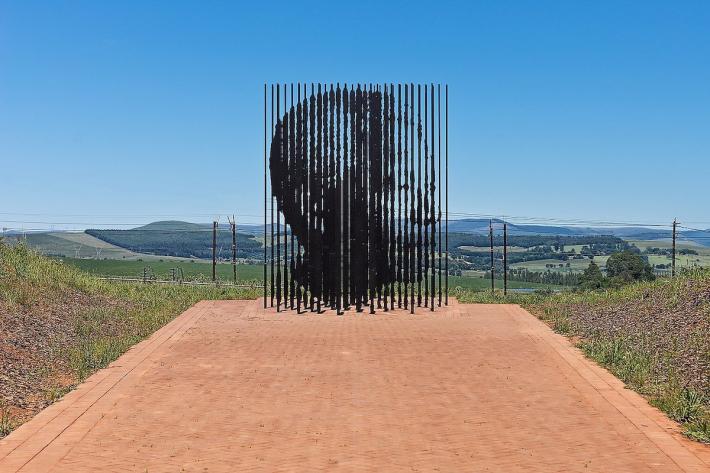
Built on the spot where Nelson Mandela was arrested in 1962, Release, 2012, is a sculptural portrait of the legendary anti-apartheid activist and future first president of South Africa. Artist Marco Cianfanelli used fifty jagged steel columns, between twenty-one and thirty-one feet high to create this depiction of Mandela’s profile in Howick, KwaZulu-Natal, South Africa. While the arrangement of the columns appears random from most perspectives, when viewed from about 115 feet away, they line up perfectly to form Mandela's face.
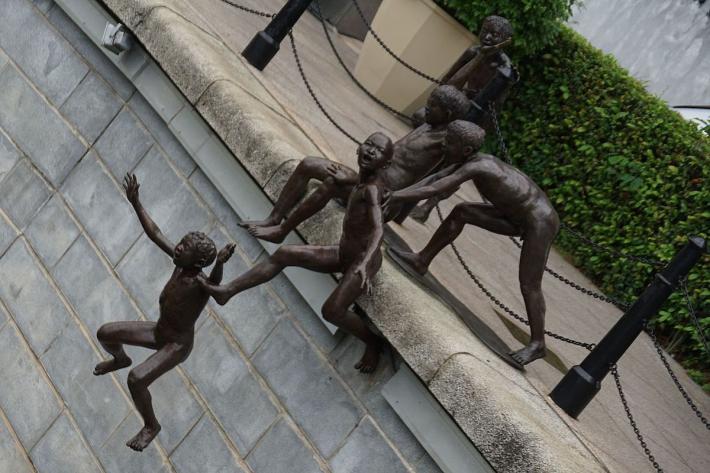
Installed along the banks of the Singapore River, Chong Fah Cheong’s bronze sculpture The First Generation, 2000, depicts a group of laughing children playing along the river, some of them caught mid-dive as they leap towards the water. Swimming is a sport that was regularly practiced by the children of the first immigrants to Singapore. The work was created among a series of sculptures by various sculptors, in the Open Air Interpretative Centre project commissioned by the Singapore Tourism Board.
Megan D Robinson
Megan D Robinson writes for Art & Object and the Iowa Source.























